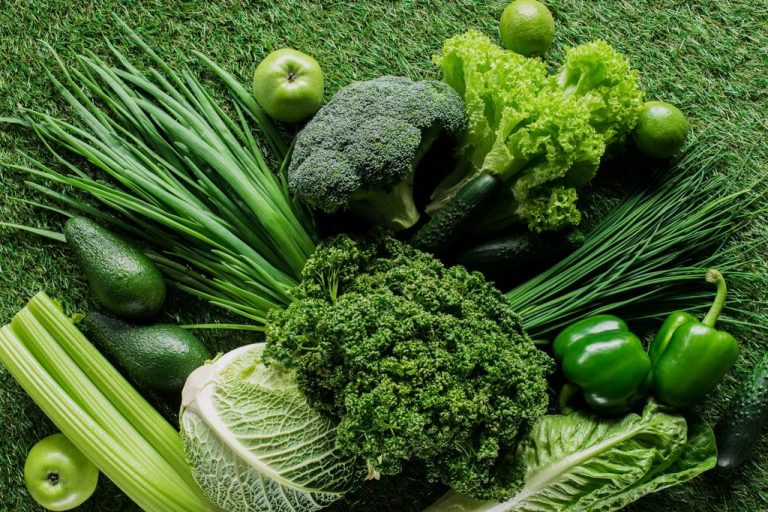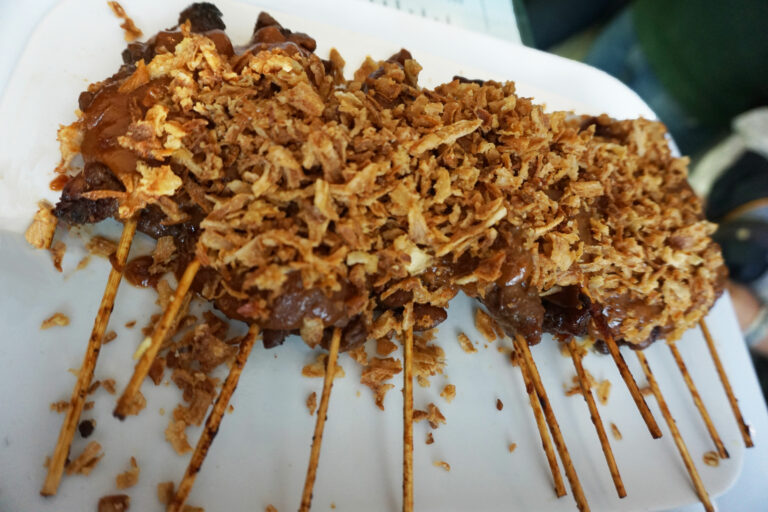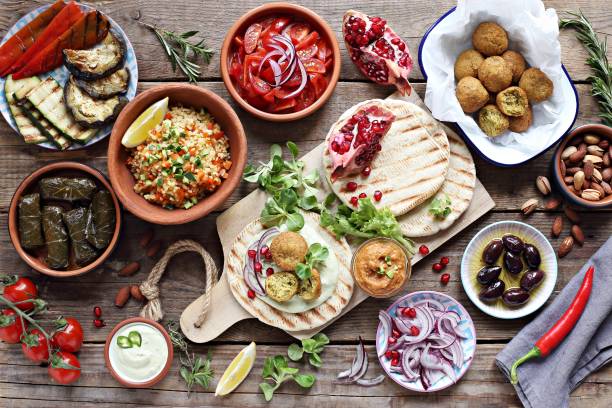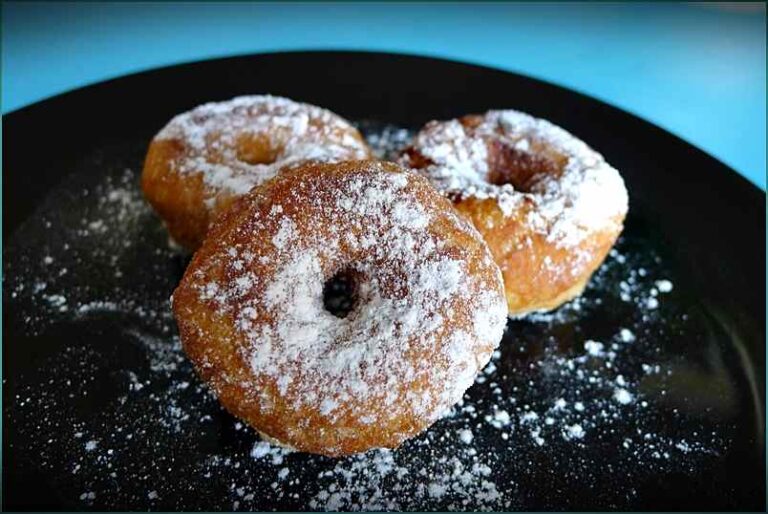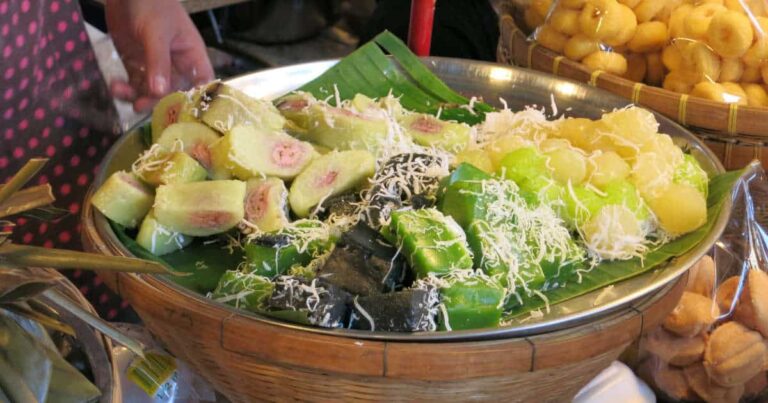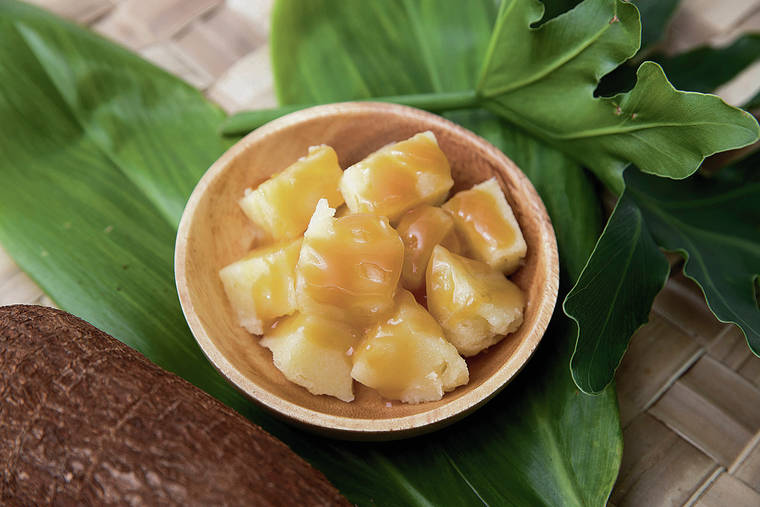A balanced diet is good for your health and can even reduce your risk of death. We tell you which 10 treats you should eat every day to extend your life by a few years.
10 foods for a long life: Eat a balanced diet
There are a number of particularly valuable foods that you should eat every day because they have a positive effect on your health. This includes, for example, a certain type of chocolate.
1. Green vegetables: detoxification of the body
Green vegetables are full of vitamins and minerals that our bodies need. But it also contains sulphur, which has detoxifying properties – harmful substances are thus filtered out of the body.
2. Nuts: Healthy snack
The perfect snack for in between: Nuts contain many important nutrients and healthy fats and thus keep you fit.
3. Flaxseed: Good fiber and antihypertensive
Flax seeds are one of the superfoods. They contain important fiber and omega-3 fatty acids.
4. Whole grains: Against cardiovascular problems
Whole grain foods are the healthier alternative to white flour, which regular consumption even increases the risk of heart disease.
5. Green tea: Makes you awake and fit, helps against cancer
Whether for breakfast or in between: green tea wakes you up and keeps you fit.
6. High Quality Oils: Unsaturated Fatty Acids
High-quality oils with unsaturated fatty acids also deserve a place in your kitchen. According to EatSmarter, for example, olive oil can reduce the risk of a heart attack and possibly even protect against cancer. But rapeseed oil also offers you advantages: the formation of anti-inflammatory substances is promoted. Linseed oil, on the other hand, is a good supplier of omega-3 fatty acids.
7. Raspberries: For younger skin
The small snack for in between not only tastes great, but also has important added value: the fruit is considered to be detoxifying and beneficial for digestion. Raspberries also contain antioxidants that can slow down skin aging and reduce the risk of cancer.
8. Oatmeal: Valuable vitamins, minerals and fiber
As a tasty addition to a smoothie, when baking or in muesli: oatmeal is a healthy food for everyday use. They contain roughage, valuable vitamins, minerals and at the same time little fat. The fiber in particular keeps you full for a long time and gets you through the day well. Oatmeal can also help with gastrointestinal problems. Oatmeal cookies are highly recommended as a healthy snack between meals.
9. Apples: Cleanse the body from within
“One apple a day keeps the doctor away” – this is by no means a myth. Apples not only strengthen the immune system, they also have a high proportion of fiber, flavonoids and polyphenols. These cleanse your body of metabolic toxins. The miracle fruit is also said to help with constipation and diarrhea.
10. Dark Chocolate: Antioxidants for Mental Performance
Surprised? You can also eat chocolate every day – but here we mean dark chocolate with no added sugar. The treat is a health booster: cocoa is a source of antioxidants and improves your mental performance. Chocolate is suitable as a snack between meals or as a dessert.
Conclusion: reduce the risk of death – this is possible with the right diet
A fit body doesn’t just need exercise. A balanced diet is also important. This does not mean that you are only allowed to eat fruit and vegetables, but that many different foods with valuable content should end up on your plate.
Also: Apart from a healthy and balanced diet, you should also drink enough water, get enough sleep and do enough exercise. This is the only way to stay fit and healthy.

